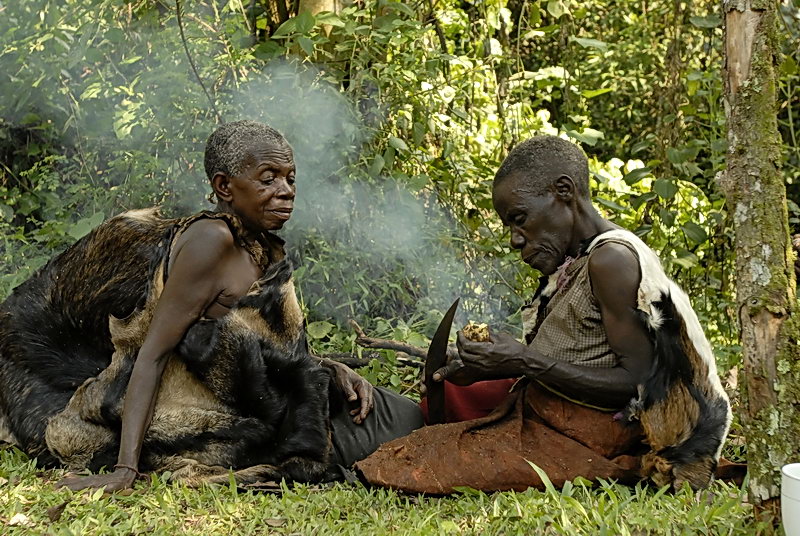Batwa Pygmy Experience – Meet the Keepers of the Forest
Batwa people. The Batwa Pygmies, often called the “keepers of the forest,” are the original inhabitants of Uganda’s Bwindi Impenetrable and Mgahinga Gorilla National Parks. For thousands of years, they lived in harmony with the forest, hunting, gathering, and worshipping nature. But when the parks were gazetted in the 1990s to protect mountain gorillas, the Batwa were evicted without compensation or resettlement.
Today, the Batwa cultural experience offers visitors a chance to step into their ancient world, hear their stories, and support their community.

Where to Experience the Batwa Culture
The most authentic Batwa experiences take place near Bwindi Impenetrable Forest and Mgahinga Gorilla National Park in southwestern Uganda. Programs are available in the Buhoma, Nkuringo, Rushaga, and Mgahinga sectors.
The experience is guided by Batwa themselves, who walk you through their history and way of life.
What the Batwa Experience Involves
The tour begins with a hike into the forest led by Batwa guides. You’ll see how they used to hunt small game using bows and arrows. They demonstrate fire-making techniques without matches and show you plants they used for medicine, food, and rituals.
You’ll also visit a traditional Batwa home and sacred cave that served as a royal site. The tour ends in a small Batwa village where locals perform songs, dances, and storytelling. These performances are not staged but come from deep cultural memory and pride.
You will feel the emotional weight of a displaced people striving to preserve their identity.
Why the Batwa Experience Matters
This is more than a cultural performance—it is a community-driven initiative. The income supports Batwa families, helps fund education and health programs, and preserves a culture on the edge of extinction.
Participating in the Batwa Experience gives you a chance to connect meaningfully with indigenous history and contribute directly to sustainable tourism.
Best Time to Visit
You can take the Batwa experience any time of year. However, the dry seasons (June–August and December–February) offer easier trekking conditions.
Most visitors combine this tour with gorilla trekking, often doing it on the same day or the day after their gorilla permit activity.
What to Bring
Wear good walking shoes or hiking boots. The forest can be slippery. Carry a rain jacket, especially in the rainy season. You may also want a small notebook or camera to document the experience—but always ask before taking photos.
A Cultural Experience with a Powerful Message
This is not a staged village setup. It’s a raw, educational, and emotional journey through the eyes of a people who have lost their land but not their spirit. Their music, stories, and forest skills speak of a time when humans lived fully with nature.
Plan Your Safari
If you’re visiting Bwindi or Mgahinga for gorilla trekking, add the Batwa Pygmy Experience to your itinerary. It brings depth and context to your safari, offering insight into the region’s human history as well as its wildlife.

